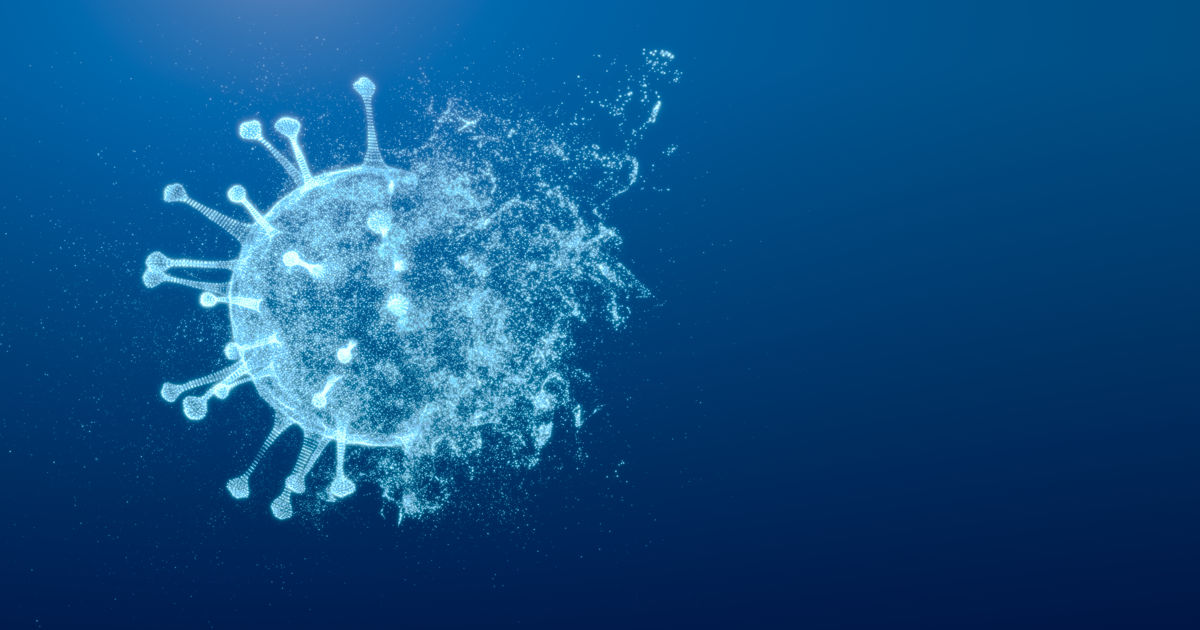Life and work post Covid – production and post
In the second of shots’ reflections on how the pandemic has impacted advertising, Tim Cumming talks to a range of industry figures about how Covid innovations have ushered in new ways of thinking – blurring the lines between production and post, and pushing many beyond their comfort zones, towards new creative solutions.
Back in March 2020, when pandemic conditions pulled the plug on pretty well everything, switching the here and now to its remote setting, it took a while for the shock waves to subside into some kind of response.
Ads that could be made featured suddenly ubiquitous Zoom screens. Those who had work were using stock footage and cameras at home, pushing stay-inside messages while abiding by lockdown rules. By the summer of 2020, more ambitious remote shooting, in the likes of the Canary Islands, began in earnest, and – coupled with the focus on the climate emergency and reducing the carbon footprint of creativity on location – remote shooting, with local crews and remote production companies looked like the shape of the future.
During lockdown we became used to viewing shoots remotely through the lens; through our screens.
More than two years later, remote shooting may not be the norm, but it’s remained as part of the portmanteau of possibilities for production houses. The unleashing of remote working has also meant that those post and production companies with a global reach, and offices on different continents, have an in-built advantage in terms of diversity of approach, and the means of remote production at their fingertips.
Credits
powered by
- Agency Memac Ogilvy/Dubai
- Production Company In-House at Agency
- Director Amin Soltani
-
-
Unlock full credits and more with a Source + shots membership.
Credits
powered by
- Agency Memac Ogilvy/Dubai
- Production Company In-House at Agency
- Director Amin Soltani
- Chief Creative Officer Juggi Ramakrishnan
- Copywriter Fernando Montero Gonzalez
- Creative Nicolas Lopez
- Creative Director Jean-Pierre De Villiers
- HP Amin Soltani
- Junior Producer Ann Vaas
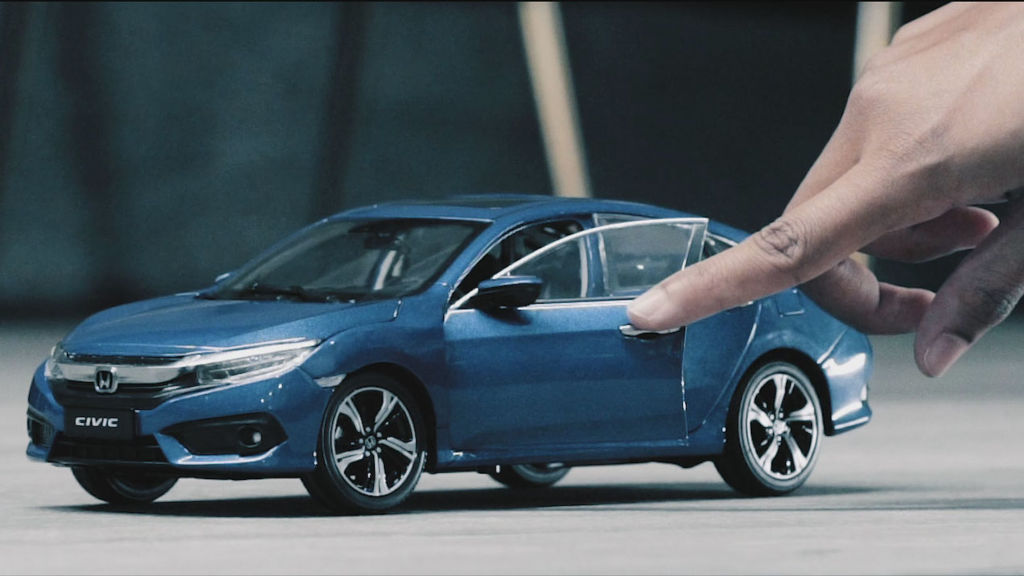
Credits
powered by
- Agency Memac Ogilvy/Dubai
- Production Company In-House at Agency
- Director Amin Soltani
- Chief Creative Officer Juggi Ramakrishnan
- Copywriter Fernando Montero Gonzalez
- Creative Nicolas Lopez
- Creative Director Jean-Pierre De Villiers
- HP Amin Soltani
- Junior Producer Ann Vaas
Honda's #Stayhome campaign from April 2020, out of Memac Ogilvy Dubai, was made with a toy car ingeniously shot and edited entirely at home by director Amin Soltani.
For Steve Aldridge, CCO at Wunderman Thompson, the means of production is a hybrid creature. “During lockdown we became used to viewing shoots remotely through the lens, through our screens,” he says. “Technology allows us to see what we’re getting on film, and this has given production teams and clients so much more flexibility. It’s enabled more people to have access to and feel part of the process, which is really beneficial for the work.”
[The pandemic] has opened up doors to working with artists, producers, and creatives that we may not have been able to in the past. My network truly is global now and that is a huge positive.
Hand-in-hand with the pandemic’s impact has come the industry’s drive towards sustainability, especially when it comes to the wider ecological cost of extravagant, multi-location shoots. “Environmental issues quite rightly also went to the top of the agenda,” says Aldridge. “And now, more advertisers are working on their carbon-neutral commitments, and we’re also seeing collective action with the launch of Ad Net Zero and the AdGreen carbon calculator.”
As AMV BBDO’s co-head of strategy Sam Williams says: “Covid accelerated new technological approaches to production, such as filming remotely. That continues to grow as people become more sensitive to the number of creatives or team members that are going out on a shoot. There’s a sensitivity around limiting the carbon footprint on shoots, and Covid has shown that shooting remotely is possible – there was no other option.”
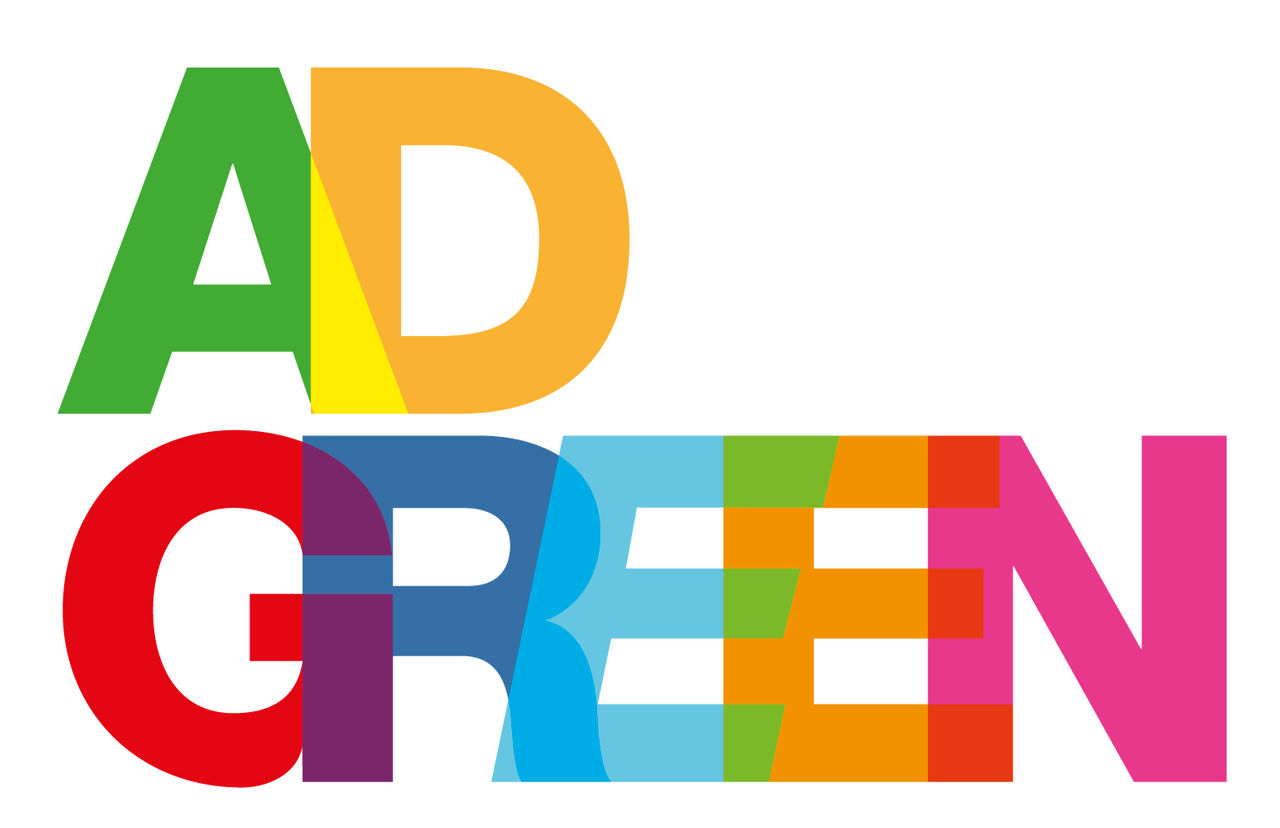
The AdGreen initiative includes a Carbon Calculator that allows production houses to work out the carbon footprint of film projects.
In the same way that office culture has become a hybrid of remote and on-site, so with shoots, creatives are increasingly going out to be a part of the action, but there is also an acceleration in the number of remote teams participating from elsewhere.
“Out of sheer necessity, people have been able to find creative solutions through remote workflows,” says Sue Fallon, EP at full-spectrum production company Alkemy X. “It’s opened up doors to working with artists, producers, and creatives that we may not have been able to in the past. My network truly is global now and I think that is a huge positive. People can be virtually anywhere – as long as there’s access to good WiFi – and clients have seen that remote workflows are effective.” While remote won’t, she says, fully replace in-person work, “it has widened the options and opportunities, and people have gotten very creative with new technology and ways to use it.”
No matter what department or sector of the industry you are in, we have all had to become much more agile, understanding and patient.
“No matter what department or sector of the industry you are in, we have all had to become much more agile, understanding and patient,” agrees Emily Marr, Chief Production Officer at Leo Burnett. “From the massive adjustment to the way we all worked at the start of the pandemic, to the more hybrid phase we are now in, we have all had to think, act and respond in a different and sometimes hard-to-navigate manner. It’s been a learning curve for many of us.”
Credits
powered by
-
- Production Company Akita Film
- Director Tommi Berte
-
-
Unlock full credits and more with a Source + shots membership.
Credits
powered by
- Production Company Akita Film
- Director Tommi Berte
- Ad Agency Utopia
- Post Production you_are
- Music & Audio Jinglebell
- Director Diamante Cavalli
- Director Matteo Bonifazio
- Director Paolo Borgato
- Director Davide Crippa
- Director Marco de Aguilar
- Director Leandro Ferrao
- Director Maria Guidone
- Director Fabrizio Notari
- Director Ago Panini
- Director Cinzia Pedrizzetti
- Director Samuele Romano
- Director Carlo Arturo Sigon
- Director Danae Mauro
- Editor Guido Notari
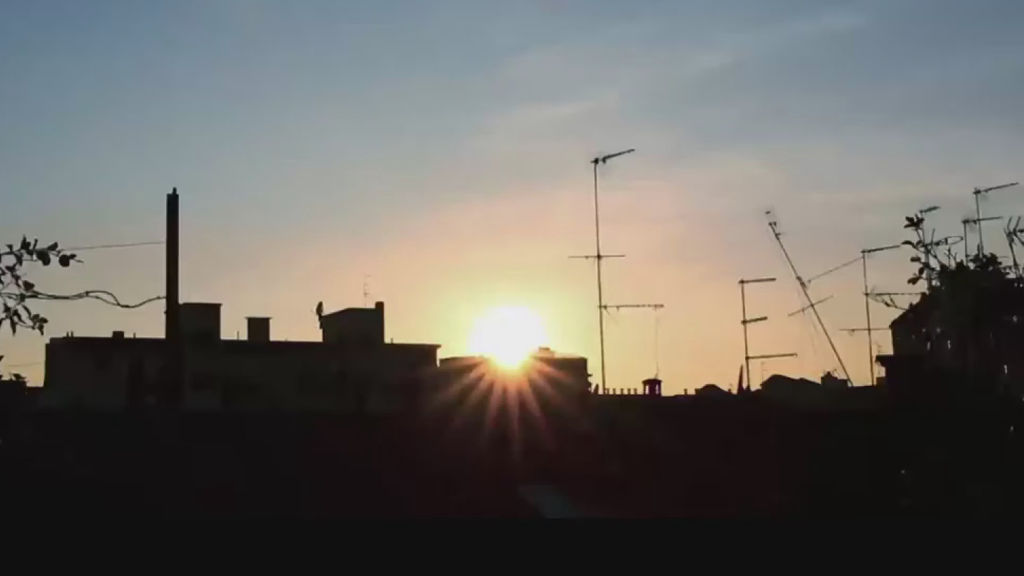
Credits
powered by
- Production Company Akita Film
- Director Tommi Berte
- Ad Agency Utopia
- Post Production you_are
- Music & Audio Jinglebell
- Director Diamante Cavalli
- Director Matteo Bonifazio
- Director Paolo Borgato
- Director Davide Crippa
- Director Marco de Aguilar
- Director Leandro Ferrao
- Director Maria Guidone
- Director Fabrizio Notari
- Director Ago Panini
- Director Cinzia Pedrizzetti
- Director Samuele Romano
- Director Carlo Arturo Sigon
- Director Danae Mauro
- Editor Guido Notari
Vodafone Italy's March 2020 ad, Together, was made remotely by the crew and demonstrated the importance of connectivity.
And beyond the world of ‘remote working’; there’s the rise of virtual solutions, hand-in-hand with the likes of machine learning and AI, with post beginning to make its impact not only in the edit, but on shoots as well. “Technology such as filming on a green screen has become so advanced it feels very seamless now,” says BBDO’s Williams. “And developments like that were borne out of the pursuance of carbon-neutral ways of producing things, which were then accelerated by Covid and the necessity of not being able to travel.”
There’s more thinking done ahead, and because of the way logistics work, things are a little smoother.
Pieter Konickx, CD at New York agency B-Reel, sees it as a seismic shift in how things are done. “Production-wise, I remember going on shoots before the pandemic and everyone had to be there, whereas now it feels like fewer people, and more organised, there’s more thinking done ahead, and because of the way logistics work, things are a little smoother.
“There are fewer people on the sets, on the client side,” he continues, “and from the agency teams, it’s more concise, which makes decision-making easier – although you could question whether it makes it better.” He gives an example. “Sometimes a client doesn’t spot something because they’re dialling in, they don’t have that full attention, because they’re doing a lot of other stuff too,” he says. “I’ve noticed a few regrets after a shoot,” he adds. “People saying, ‘If I was there, I would’ve picked up on it’.”
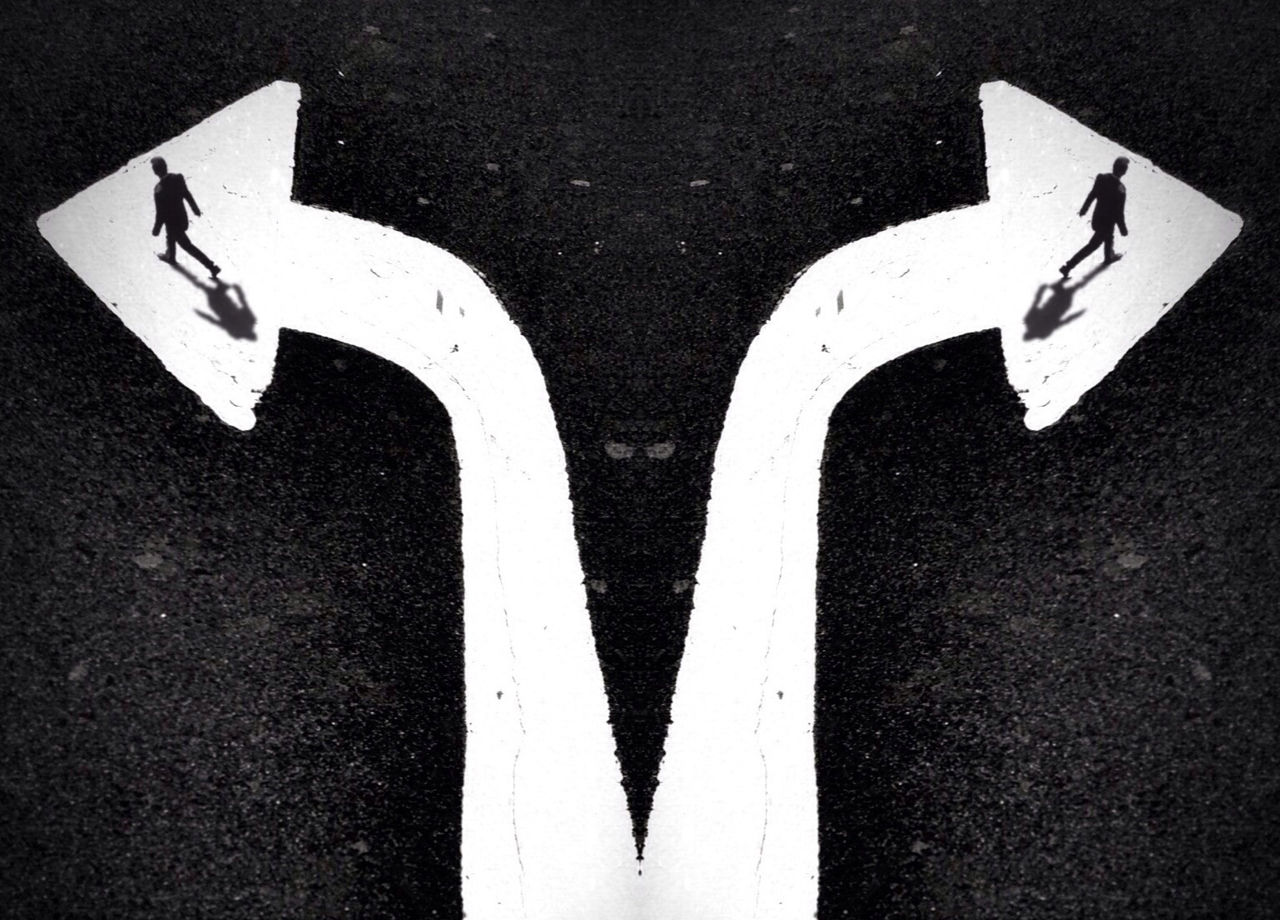
Pieter Konickx of B-Reel suggests that with post-Covid shoots having fewer people on set it has made decision making easier.
For Guy Swimer, ECD, McCann Health London: “The pandemic pushed us out of our comfort zones and made us rethink accepted ways of doing things. That’s always good for creativity, and it throws up really interesting challenges. Now that we’ve proven creative collaboration can work remotely, it opens up a world of opportunity for hiring diverse talent and working in different ways. And I don’t think you can put that genie back in the bottle,” he adds, “and we wouldn’t want to either – because we see so many advantages.”
[The pandemic] has been the world’s largest mass-participation psychology experiment, and we are only now finding out what the impact and implications of these experiences are.
Like Swimer, Konickx is convinced that the initial trauma of pandemic conditions has gone on to deliver real and lasting change when it comes to how things are made and done. “Some people call it the great reset, some say it sped up innovation and advancement of life. We had a moment where we paused for a second, checked in on ourselves, then looked at how things are made. If it wasn’t for the pandemic, a lot of things would have gone on the way they were, stuck in their own little ways, while batting away progression and innovation. But now we’ve had to embrace innovation and progress – we’ve learnt from it and know how to use it for our advantage.”
Or, in a more dystopian mode, Tribal Worldwide Chief Strategy Officer Darren Savage describes the pandemic as “the world’s largest mass participation psychology experiment, and we are only now finding out what the impact and implications of these experiences are”. Discuss...
Credits
powered by
- Agency B-Reel Agency/Brooklyn
- Production Company Imposter
- Director Sergi Castella
-
-
Unlock full credits and more with a Source + shots membership.
Credits
powered by
- Agency B-Reel Agency/Brooklyn
- Production Company Imposter
- Director Sergi Castella
- Director of Production (HP) Myke Gerstein
- Executive Creative Director Jonathan Graham
- Senior Art Director Pieter Konickx
- Senior Producer Sachin Arora
- Executive Producer Avtar Khalsa
- Production Services Argentinacine
- DP Albert Salas
- Edit Company Work Editorial/USA
- Editor Ben Jordan
- Assistant Editor Theo Mercado
- Executive Producer Erica Thompson
- Post Producer Chris Delarenal
- VFX Studio Ambassadors
- Producer Katya Meyer
- Colorist Mikey Rossiter
- Producer Evan Bauer
- Music/Sound Design Q Department
- Creative Director Drazen Bosnjak
- Creative Director Zack Rice
- Sound Designer Jean-Baptiste Saint-Pol
- Audio Post Digital Arts
- Audio Engineer Josh Heilbronner
- Line Producer Malcolm Wax
- VFX Inti Martinez
- Sound Designer Will Rosati
- Senior Producer Lauren Boyle
- Senior Creative Suchi Ahuja
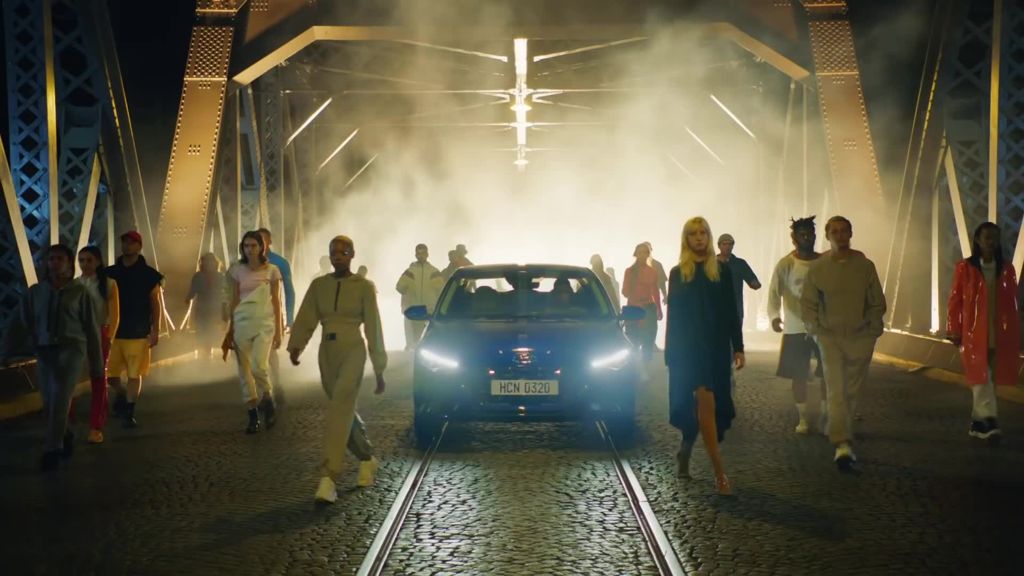
Credits
powered by
- Agency B-Reel Agency/Brooklyn
- Production Company Imposter
- Director Sergi Castella
- Director of Production (HP) Myke Gerstein
- Executive Creative Director Jonathan Graham
- Senior Art Director Pieter Konickx
- Senior Producer Sachin Arora
- Executive Producer Avtar Khalsa
- Production Services Argentinacine
- DP Albert Salas
- Edit Company Work Editorial/USA
- Editor Ben Jordan
- Assistant Editor Theo Mercado
- Executive Producer Erica Thompson
- Post Producer Chris Delarenal
- VFX Studio Ambassadors
- Producer Katya Meyer
- Colorist Mikey Rossiter
- Producer Evan Bauer
- Music/Sound Design Q Department
- Creative Director Drazen Bosnjak
- Creative Director Zack Rice
- Sound Designer Jean-Baptiste Saint-Pol
- Audio Post Digital Arts
- Audio Engineer Josh Heilbronner
- Line Producer Malcolm Wax
- VFX Inti Martinez
- Sound Designer Will Rosati
- Senior Producer Lauren Boyle
- Senior Creative Suchi Ahuja
This Hyundai ad from March 2020 employed remote shoots and post techniques before the pandemic.
For some, the blurring between post and production is one potent innovation the pandemic has brought to the surface. “Post and post-production whether video or photography, is getting to become a way more important side of the production schedule,” says B-Reel’s Konickx, “because you want to spend as little amount of time out there, on location shoots, for efficiency reasons. They cost more money than spending the hours in post.”
You’ll see more and more photographers becoming very skilled in post to accommodate for much quicker processes.
He talks about working just before pandemic with a photographer shooting a Hyundai campaign, titled This Is How You Dare, who told him, ‘we don’t need the car here, we can shoot the location and use 360 cameras to capture the space then do everything else in post’.
“Then you don’t need to retouch a little scratch, or you can increase the wheel size, or swap out the colour,” adds Konickx. “We were still stuck in very old ways, in how we worked, and the pandemic has accelerated changes. You’ll see more and more photographers becoming very skilled in post to accommodate for much quicker processes. And it’ll be much easier to alter images in post, too – not retouching them but rendering them in different ways.”
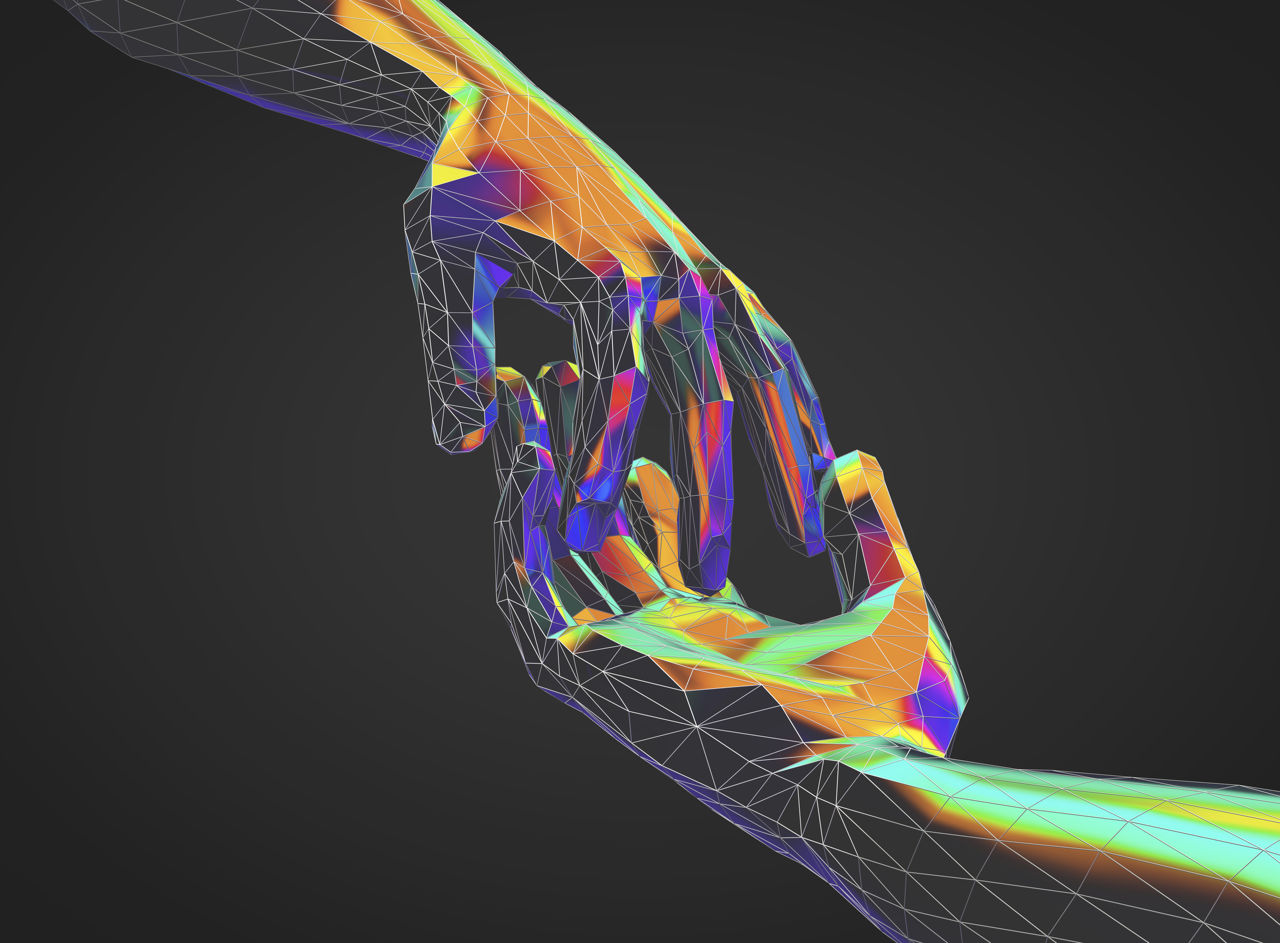
Reducing the need for live shoots, the use of CGI and AI has increased post Covid.
There has been, Konickx believes, an acceleration in the use of CGI and AI to generate scenes that previously would have required a shoot. He recalls a Facebook campaign that needed shots of hands holding devices. “We worked with a CGI company that rendered these hands to perfection.” Which means, he adds, that smaller-scale shoots, product shots especially, are going out the window. “Shoes, bags, sunglasses – they won’t require shoots anymore, it’s all done in 3D,” he says. “The pandemic accelerated that, so that there are even more ways of reducing the need to go outside.”
When I work with AI programmes, like MidJourney or Dall E, and I take a break and look at something else, I’ll find myself wondering, is this AI or is it real? It really messes with your head and how you see things.
Given then, the longevity of the Uncanny Valley issue in post and animation, are those rastorised AI hands going to creep out the average viewer? “When I work with AI programmes like MidJourney or Dall E, when I take a break and look at something else, I’ll find myself wondering, is this AI or is it real? Because it really messes with your head and how you see things. You start to question all the ways an image is approached. But that’s me, as an art director. Joe down the street doesn’t question how an image is made. He’s thinking of himself when he sees this image, like, ‘hey I can drive this car. I can drink this beer.’ It’s about how it relates to him.”
At FilmLight, one of the major post houses, its co-founder and director Wolfgang Lempp sees the pandemic as a kind of release switch. “It was the trigger that accelerated the development for a wide range of remote workflows which will stay long after the pandemic has run its course,” he says. “We’re about to launch a comprehensive solution for remote and distributed finishing. In the same way that the writer’s strike in Hollywood in 2007 accelerated the switch to digital [and the search for new ways of sourcing content, such as user-generated media], the pandemic has accelerated the switch to remote and distributed post.”
Credits
powered by
Unlock full credits and more with a Source + shots membership.
Credits
powered by
- Agency Accenture Interactive/New York
- Post Production/Graphics The Mill/New York
- Music Supervision/Mix Walker
- Chief Creative Officer Neil Heymann
- Creative Director Jason Kreher
- Executive Producer Leah Donnenberg

Credits
powered by
- Agency Accenture Interactive/New York
- Post Production/Graphics The Mill/New York
- Music Supervision/Mix Walker
- Chief Creative Officer Neil Heymann
- Creative Director Jason Kreher
- Executive Producer Leah Donnenberg
This year's most popular Super Bowl ad – the bouncing QR code for cryptocurrency exchange Coinbase – reflects the post-Covid resurgence of QR codes in our culture.
It’s down to the producer, of course, to tie all these virtual strands together, from the creative to the execution to the delivery. For Chief Production Officer EMEA Leila Bartlam at Accenture Song, the pandemic elevated the crucial importance of the producer. “I’m not surprised at the rise of the remote shoot and the use of production tools, such as Virtual Production,” she says. “Producers really showcased their value through the pandemic by continuing to deliver work in a safe and highly creative way. I’ve always known the power of a good producer – but I think the industry has finally had to take note.”
Vix Jagger, Executive Creative Director at Accenture Song, focuses on the spirit of innovation that the strictures of the pandemic have brought to the industry. “There’s been a massive acceptance and willingness from clients to innovate with new technology,” she says. “Reinvention was a wonderful theme of the pandemic. In tough times, businesses and people have reinvented themselves, changed what they do and how they do it. There’s been successes none of us could have predicted.” She points to the resurgence of QR codes. “Who could ever imagine our bouncing QR code ad for Coinbase at this year’s Super Bowl would be such a big hit?”
Certain aspects of [hybrid working have] impacted the quality of the ideas... moments of unexpected connections stopped happening.
But though hybrid working is now embedded throughout the industry, its flaws are embedded within it. “After a year or more of doing it, we saw certain aspects of it that impacted the quality of the ideas,” says Accenture Song’s Pablo González de la Peña. “There was a lack of inspiration and excitement, a lack of purpose, and moments of unexpected connections stopped happening.”
While Alkemy X’s Sue Fallon agrees that some of the creative magic that happens when you have a group of people in a room together is lost in remote conditions, “you can work around that and find new ways to spark that same feeling.” It has also, she adds, “really opened the doors to collaborating with artists and vendors that we may not have been able to in the past.”
Creative production company Psyop’s Head of Talent Neysa Horsburgh concurs, while pointing out that all the tools to enable the industry to go remote were already in place at Psyop. “We already worked in a global fashion and were moving our technology into the cloud,” she says, “so when it happened we were able to pivot quickly.
“We will be forever changed in the way we work, and the quicker we realise that and work out how to work better in this new environment, the better off we will all be.”
)

















